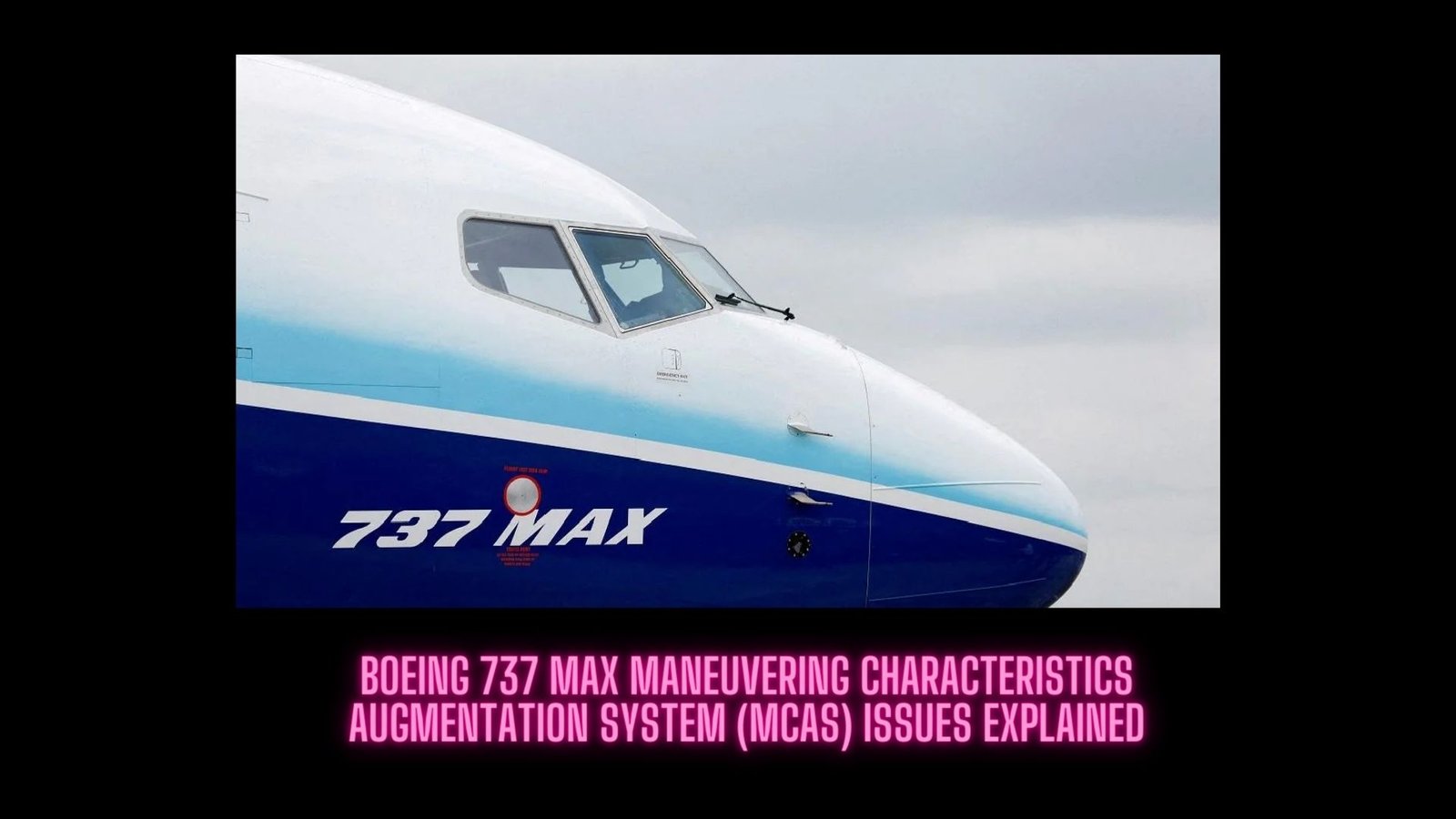Boeing 737 MAX Maneuvering Characteristics Augmentation System (MCAS) Issues Explained
Inside Aircraft Design: The Science and Art of Building Planes
The Boeing 737 MAX issue refers to a series of design and software flaws in Boeing’s 737 MAX aircraft, which resulted in two fatal crashes within a short period of time. The crashes involved Lion Air Flight 610 in Indonesia on October 29, 2018, and Ethiopian Airlines Flight 302 in Ethiopia on March 10, 2019.
The primary factor that contributed to these accidents was a system known as the Maneuvering Characteristics Augmentation System (MCAS). MCAS was implemented in the 737 MAX to address some handling characteristics that were different from previous 737 models. The 737 MAX had larger and more fuel-efficient engines, which were mounted differently and caused slight changes in aircraft handling.
To compensate for these differences, Boeing introduced MCAS, which was designed to automatically adjust the aircraft’s horizontal stabilizer to prevent the nose from pitching up too much. If the system sensed a high angle of attack and perceived an impending stall, MCAS would automatically push the nose down to avoid it.

However, a critical flaw in MCAS was that it relied on a single sensor (angle of attack sensor) to determine if the aircraft was at risk of stalling. If this sensor provided incorrect data or malfunctioned, MCAS could be activated erroneously, pushing the aircraft’s nose down even when there was no actual danger. This could potentially lead to a dangerous situation for the pilots to handle.
Exploring Future Aircraft Concepts and Prototypes
In both the Lion Air and Ethiopian Airlines accidents, faulty angle of attack sensor data triggered MCAS, causing the system to push the aircraft’s nose down repeatedly. The pilots struggled to regain control of the planes, and unfortunately, the flights ended in tragic crashes, resulting in the loss of hundreds of lives.
After the accidents, investigations revealed that Boeing did not adequately inform pilots about the MCAS system and how to handle related emergencies. There were also concerns about the process of certifying the aircraft, leading to criticism of the Federal Aviation Administration (FAA) for its oversight of the certification process.
As a result of these incidents, the Boeing 737 MAX was grounded worldwide in March 2019, and extensive investigations were conducted to address the issues. Boeing made significant changes to the MCAS system, improved pilot training, and worked to regain trust and recertify the aircraft for commercial flights.
Thanks to Boeing Research & Investigation team, who find out the causes and modifies the relevant faulty system to make aircraft fully airworthy again and the makes the metal bird to be in sky again.


3 Replies to “Boeing 737 MAX Maneuvering Characteristics Augmentation System (MCAS) Issues Explained”